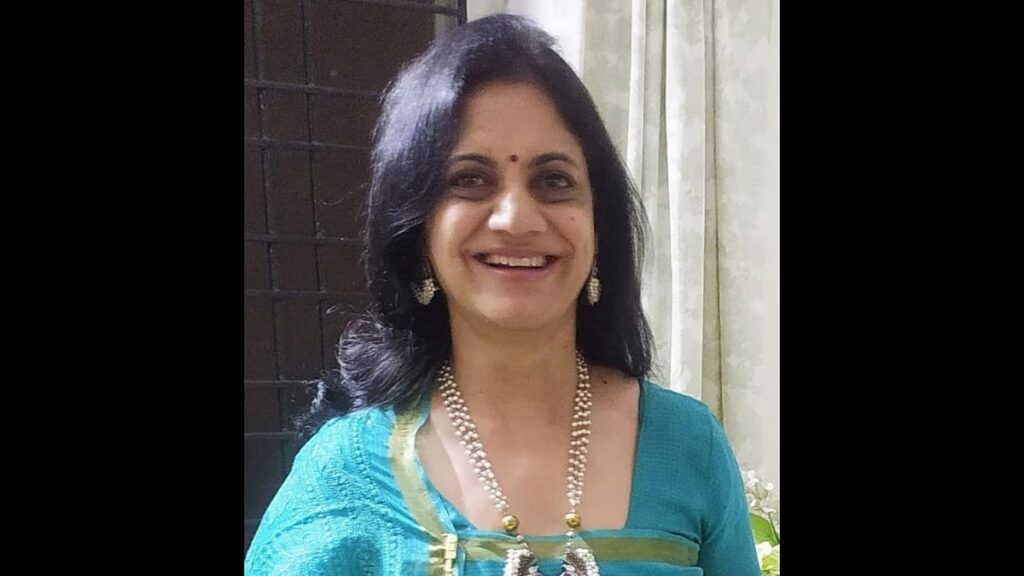**Exploring Kodava Cuisine: A Glimpse into Coorg’s Authentic Flavors**
Chances are that many are not very acquainted with Kodava cuisine or may have misconceptions about its offerings. Originating in the Coorg region of Karnataka, this cuisine may not boast as vast a spread as some others, but it certainly has enough to entice food lovers.
Recently, The Westin Pune Koregaon Park celebrated a 10-day Kodava Food Festival at The Market. Curated by Chef Priya Aiyappa, a proud Coorg native, the event showcased the rich and unique flavors of Kodava cooking.
Chef Priya spoke to *The Free Press Journal* about Kodava cuisine, its specialties, and more. Here are excerpts from the interview:
—
### What is Kodava Food All About?
“Pandi Curry is the signature dish that many people associate with Kodavas, along with alcohol,” Chef Priya begins. What makes Pandi Curry stand out is the special vinegar called **Kachampuli**, used exclusively in Kodava non-vegetarian dishes.
“But Kodava cuisine is not just about Pandi Curry or meat,” she emphasizes. “People often think Kodavas don’t prepare vegetarian dishes, but we do. Historically, we have eaten what we grow—like jackfruit during its season and bamboo shoots during the monsoons.”
Kodava food incorporates locally grown vegetables, though the variety might not be as extensive as in North Indian cuisines. “We don’t fry much or use heavy masalas. Our food is simple,” she notes. Even in dishes like jackfruit fry, the emphasis is on retaining the natural texture.
“While we’re not big fish eaters, we do consume sardines and mackerel. We love our meat, connected to our history as hunters and farmers. Wild boar, for example, was commonly eaten.”
Addressing common misconceptions about pork, Chef Priya says, “Pork meat cooks more effectively in its own fat than in any oil, and I’ve read that pork is more nutritious than many other red meats. The problem arises with processed meats, not fresh pork.”
—
### The Vegetarian Aspect of Kodava Cuisine
Kodava people, being agriculturists and tribespeople, traditionally ate what was healthy and available for the season. “Even today, families in Coorg grow vegetables. During the monsoon, for instance, pumpkin leaves and stems are abundant—the stems are crunchy and juicy, lightly sautéed without masala to keep their flavor intact.”
Bamboo shoots are also a delicacy, but now pose challenges due to elephant activity. “For us, bamboo shoots are like gold. We cherish them when we get them.”
Mushrooms are another favorite, with two to three unique varieties found in the region, mainly during the rainy season.
—
### Special Kodava Ingredients
Freshness is key in Kodava cuisine. Many curries incorporate coriander, mint, a bit of coconut, and spices like pepper and cinnamon. Among these, Kachampuli vinegar stands out as the most distinctive ingredient, used solely in non-vegetarian dishes.
—
### Unique Cooking Methods
Chef Priya shares some culinary secrets: “I never serve pork on the same day it’s cooked. I let it marinate overnight to absorb all the flavors. The pork cooks in its own oil, and all spices are freshly ground. Kachampuli also acts as a natural preservative—during the monsoon, people often don’t even refrigerate dishes.”
Pepper is a versatile spice in Kodava cooking, featured in dishes such as Chicken Pepper Fry, Mutton Pepper Fry, and Pepper Rasam, especially during the monsoons.
Food combinations are very important. For example:
– String Hoppers (Nuputu) are eaten only with Chicken Curry.
– Kadambuttu (rice balls) are paired exclusively with Pandi Curry.
– Paputtu (rice cakes) accompany Mutton Curry.
– Akki Rotti complements Pandi Curry.
“We are primarily rice eaters and enjoy it in various forms. Even our vegetarian dishes follow specific pairings according to the palate,” Chef Priya explains.
—
### Has the Cuisine Changed Over the Years?
“Coorg cuisine has remained relatively unchanged compared to others,” says Chef Priya. “Pandi Curry, for example, has stayed authentic because no one wants to risk altering it. While some add it to pavs, the original recipe stays untouched.”
“There isn’t much room to change traditional foods like bamboo shoots without losing their essence. Preserving original recipes is important to maintain cultural identity.”
—
### Nutritional Value of Kodava Food
Chef Priya highlights the health aspect of the cuisine: “We cook vegetarian food in ways that retain nutrition. My mother-in-law would always steam vegetables before a light sauté to keep the nutrients intact.”
Regarding pork, she adds, “I don’t believe pork is unhealthy, especially since we use Kachampuli, which aids in cutting cholesterol and even helps with weight loss.”
She also explains the digestive benefits of traditional foods: “Eating five Akki Roti for breakfast digests well, and by lunch you feel hunger because it is light. If we stick to traditional cooking methods, we are in a much better health space.”
—
### The Rising Popularity of Kodava Cuisine
Kodava cuisine is gaining prominence, especially as Coorg has become a tourist hotspot over the last 15–18 years.
“Many home chefs like me are promoting our cuisine nationally and internationally,” Chef Priya notes. “People often have preconceived notions, but our food is simple and wholesome. Eventually, everyone craves truly home-cooked food, and when they get a taste of genuine Kodava dishes, they come back for more.”
—
**Kodava cuisine**, with its unique flavors, simple ingredients, and rich heritage, offers a refreshing experience for food enthusiasts looking to explore South India’s culinary treasures. Whether it is the tangy Pandi Curry, delicately cooked vegetarian dishes, or traditional rice-based accompaniments, Kodava food promises authenticity and warmth in every bite.
https://www.freepressjournal.in/weekend/people-think-kodavas-cant-serve-vegetarian-dishes-we-do-says-chef-priya-aiyappa

